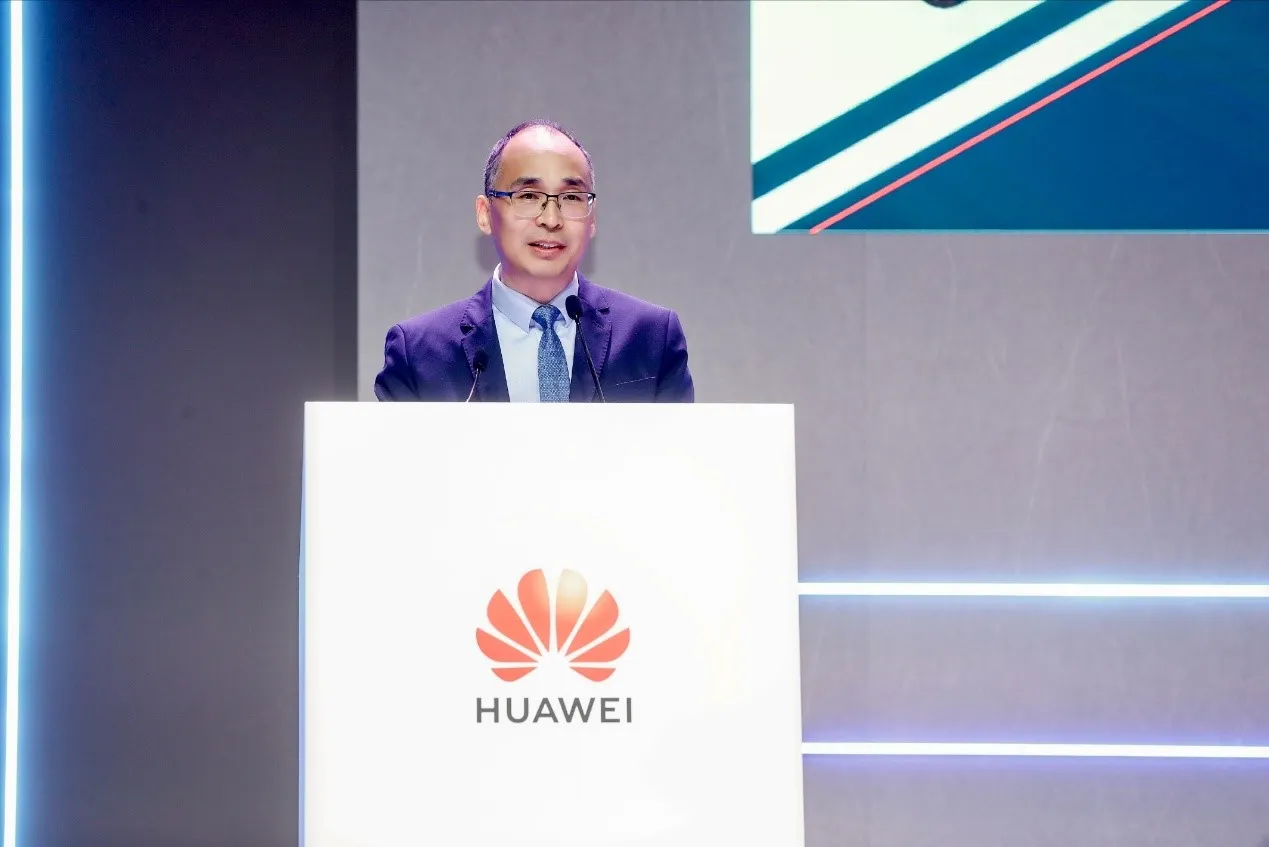According to recent research by Frost & Sullivan, there is a palpable reorientation of purchasing habits among American citizens as the country continues its march toward urbanism. In the future, 85 percent of the country’s population is anticipated to live in urban areas, while North America could see the emergence of three mega cities, eleven mega regions, and seven smart cities by 2025. One of the biggest gainers of this massive-scale urbanisation is the automotive industry, particularly autonomous drivi
November 15, 2013
Read time: 3 mins
According to recent research by 2097 Frost & Sullivan, there is a palpable reorientation of purchasing habits among American citizens as the country continues its march toward urbanism. In the future, 85 percent of the country’s population is anticipated to live in urban areas, while North America could see the emergence of three mega cities, eleven mega regions, and seven smart cities by 2025. One of the biggest gainers of this massive-scale urbanisation is the automotive industry, particularly autonomous driving technologies, as there will be high demand for increased connectivity among vehicles and roadway infrastructure for better road safety. In addition, people over the age of 65 will account for 20 percent of the population and constitute one of the largest consumer groups with specific transportation needs.
The research, New Mega Trends in the US Automotive Sector, analyses ten emerging mega trends, taking into account new population patterns and purchasing habits. These mega trends will drive growth and innovation in the field of mobility in the United States, and this analysis provides insights into the business opportunities that arise from these trends.
Connectivity is set to trend in vehicular technology due to the escalating demand for seamless navigation,6224 Telematics, and entertainment. In the US, vehicle-to-vehicle (V2V) technology is poised to take off in a big way between 2015 and 2020, and vehicle-to-infrastructure (V2I) technology is expected to follow suit between 2020 and 2025.
Cities can potentially contribute approximately US$1.1 trillion to the US gross domestic product by catering to the demand for intelligent and smart City technologies, such as integrated door-to-door solutions, interoperable technology networks, and intelligent transport city solutions.
By 2020, the US is likely to have nearly 270 million internet users and be home to more than 50 per cent of consumer satellite broadband internet users globally. Unlike Europe, North American original equipment manufacturers (OEMs) and dealers are pursuing digitisation models through existing stores.
"It is forecast that by 2025, 20 percent of global retailing will be conducted through online channels," said Frost & Sullivan mega trends research Analyst Shwetha Surender. "By 2015, more than 50 per cent of global new car sales will be influenced by the Web, online promotions, online research, the virtual showroom experience, and online purchasing."
Therefore, the industry is making significant investments in updating store technology, staff training, and digitally integrating various aspects of the car retailing process. Although they are investing in in-store tools, such as tablets and kiosks, the spotlight is firmly on the utilisation and recalibration of off-store digital media such as websites, apps, and social media.
"The evolution of a bricks-and-clicks model is changing the way most industries retail," noted Surender. "However, it is most evident in the luxury market, where premium automotive OEMs are taking a more digital approach to car retailing."
Eventually, the United States is expected to lead in the smart transport market in North America and is well on its way to achieving its goal of becoming the world's largest real-world tester of smart-vehicles.
The research, New Mega Trends in the US Automotive Sector, analyses ten emerging mega trends, taking into account new population patterns and purchasing habits. These mega trends will drive growth and innovation in the field of mobility in the United States, and this analysis provides insights into the business opportunities that arise from these trends.
Connectivity is set to trend in vehicular technology due to the escalating demand for seamless navigation,
Cities can potentially contribute approximately US$1.1 trillion to the US gross domestic product by catering to the demand for intelligent and smart City technologies, such as integrated door-to-door solutions, interoperable technology networks, and intelligent transport city solutions.
By 2020, the US is likely to have nearly 270 million internet users and be home to more than 50 per cent of consumer satellite broadband internet users globally. Unlike Europe, North American original equipment manufacturers (OEMs) and dealers are pursuing digitisation models through existing stores.
"It is forecast that by 2025, 20 percent of global retailing will be conducted through online channels," said Frost & Sullivan mega trends research Analyst Shwetha Surender. "By 2015, more than 50 per cent of global new car sales will be influenced by the Web, online promotions, online research, the virtual showroom experience, and online purchasing."
Therefore, the industry is making significant investments in updating store technology, staff training, and digitally integrating various aspects of the car retailing process. Although they are investing in in-store tools, such as tablets and kiosks, the spotlight is firmly on the utilisation and recalibration of off-store digital media such as websites, apps, and social media.
"The evolution of a bricks-and-clicks model is changing the way most industries retail," noted Surender. "However, it is most evident in the luxury market, where premium automotive OEMs are taking a more digital approach to car retailing."
Eventually, the United States is expected to lead in the smart transport market in North America and is well on its way to achieving its goal of becoming the world's largest real-world tester of smart-vehicles.







